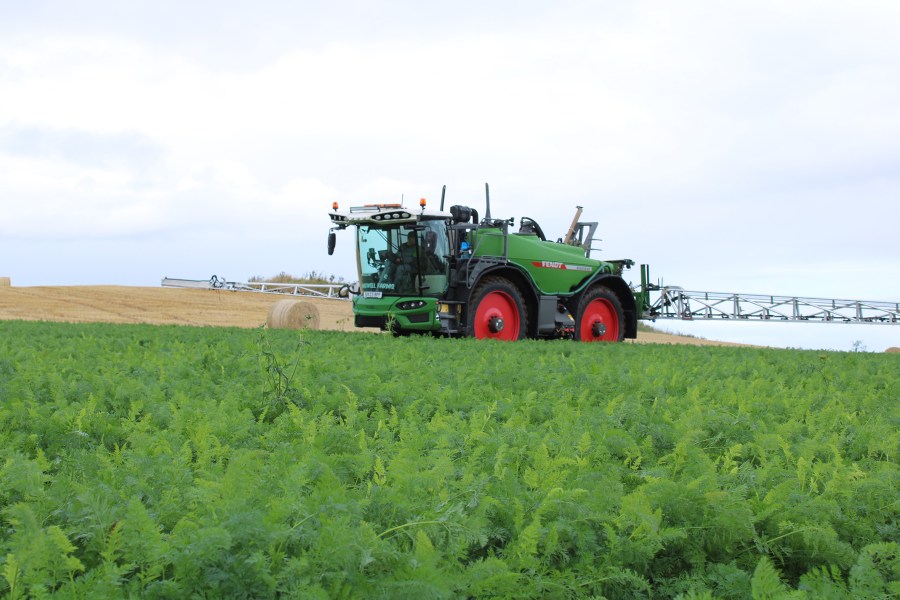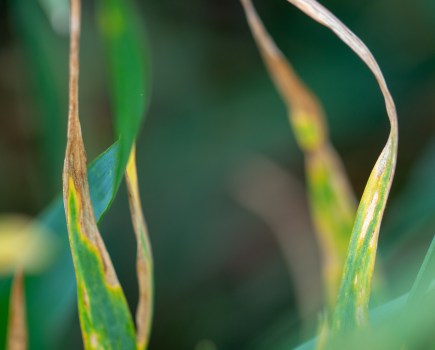Restrictions regarding the use of certain inputs under SFI has caused some confusion regarding silicon biostimulants.
That’s according to Mike Stoker of Orion Future Technologies, who adds that greater clarity is required.
“The SFI guidelines clearly state that the use of silica insecticides is prohibited. However, silicon biostimulants are allowed under the scheme and are fundamentally different in the way they work.
“Silica is a common alternative to chemical insecticides and isn’t not permitted under the SFI scheme. However, the use of silicon biostimulants that make silicon plant-available and have the potential to alleviate abiotic stresses such as drought, salinity and heavy metal toxicity, can still be used,” he advises.
Yield benefits
The use of silicon biostimulants also has the potential to increase yield by improving the plant’s ability to absorb not just silicon, but other nutrients from the soil, adds Mike.
“Helping plants to absorb more silicon strengthens the cell walls of the plant and helps root growth which can lead to higher yields. However, the plant is also able to absorb other nutrients such as boron, calcium and iron, which also help improve resilience against common stresses.”
Increasing pressures
With the drought conditions experienced earlier this year, plus the threat of pests increased by a mild autumn, SFI land is likely to be under greater pressure, he believes.
“Aphids and CSFB are a threat this autumn, so using silicon products will help establishing plants to thicken cells walls and increase leaf hair density to discourage biting pests. With the ground still very dry in some parts, the use of silicon can help plants to grow deeper, seeking roots faster, which helps the plant to find moisture.”
However, he stresses the importance of using products that are permitted under SFI regulations. “There’s confusion over the use of silica pesticides and silicon biostimulants. Silica mustn’t be used under SFI, but silicon biostimulants can be used as a biological way to strengthen plants against environmental pressures,” he concludes.




